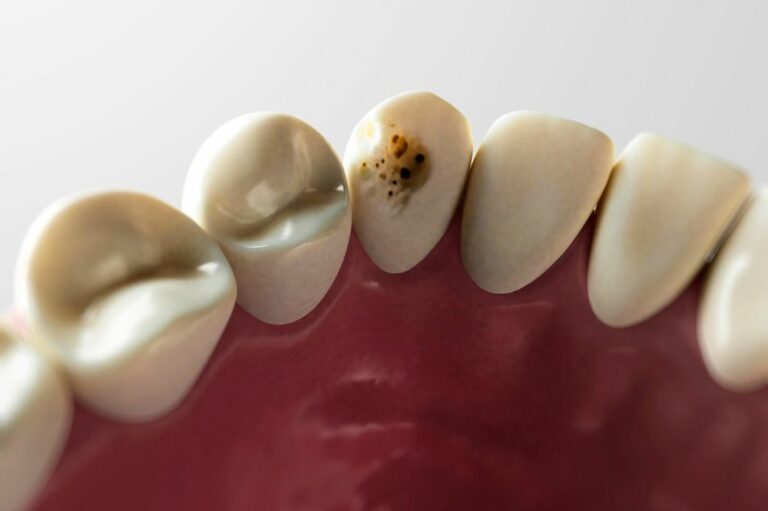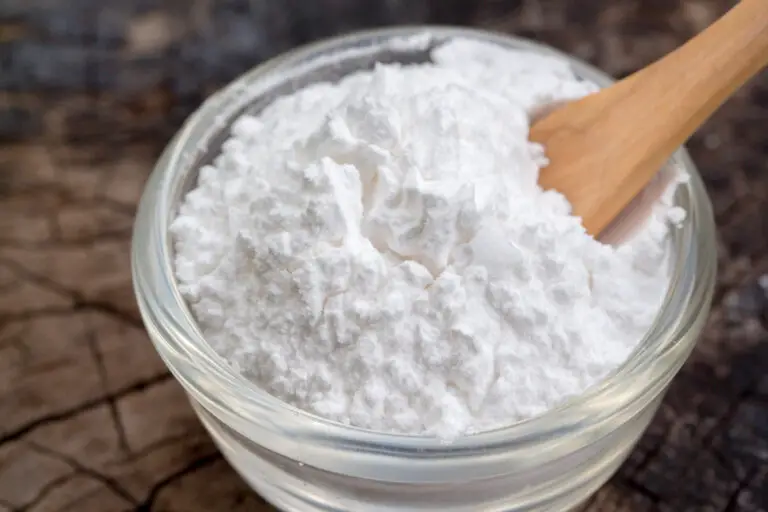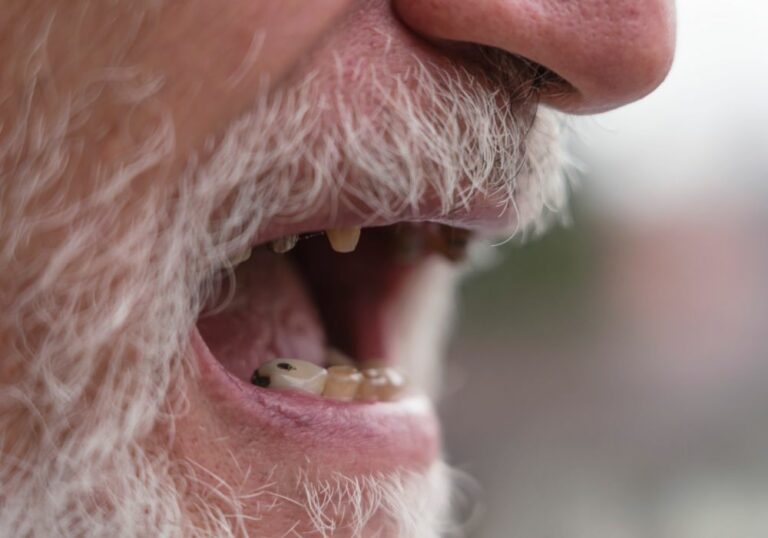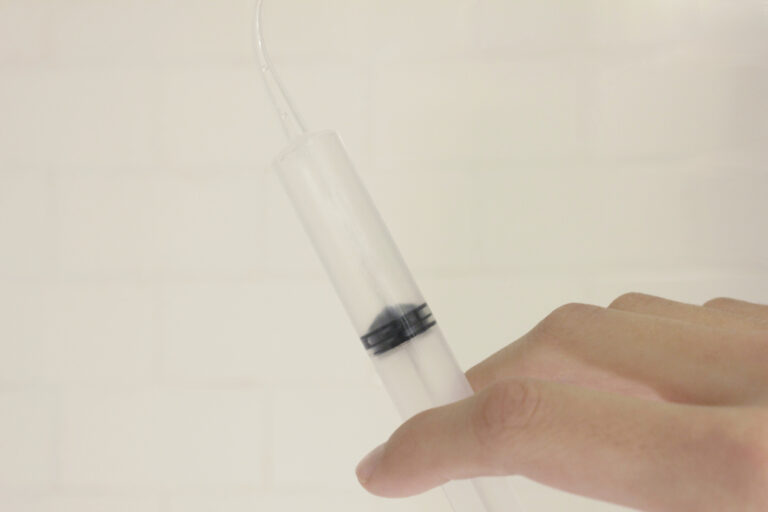Getting dental crowns can be an expensive and invasive procedure. Many patients wonder if there are ways to protect damaged or compromised teeth without needing full coverage crowns. This comprehensive guide will explore multiple factors that weaken tooth structure, conservative treatment alternatives, and tips for proactively strengthening teeth before they require aggressive solutions like crowns or extraction.
What Factors Damage and Weaken Teeth?
Teeth become vulnerable to fracture and further decay through a variety of issues that wear down or destroy enamel and dentin. Understanding what puts teeth at risk can help guide prevention and early intervention before major restoration is needed.
Tooth Decay
Also known as dental caries, tooth decay occurs when plaque bacteria produce acids that demineralize and dissolve through enamel. Left untreated, decay will continue tunneling through dentin toward the inner pulp tissue. Extensive decay undermines the tooth structure and increases risk of fracture.
Cracked Tooth Syndrome
Cracks in teeth often start very small and progress larger over time. Vertical, horizontal or oblique cracks allow bacteria, air, and fluids inside the tooth, leading to irritation of the inner pulp tissue. Infected cracks ultimately require root canal therapy or extraction if they extend below the gumline or split the tooth root.
Large Dental Fillings
While cavities require fillings to remove decay and fill the hole, large fillings significantly weaken overall tooth structure. This increases risk of cracks, fractures, or further decay around aged fillings. The more tooth structure lost to decay and drilling, the weaker the remaining enamel walls.
Tooth Grinding and Clenching
Chronic grinding and clenching habits apply excessive biting pressure that wears down enamel and underlying dentin. This can cause teeth to chip and fracture, expose sensitive dentin, and require crowns to protect the flattened surfaces.
Dental Trauma from Injuries
Any trauma to the face – from sports impacts, auto accidents, falls, etc. – may crack, chip, or even fully break teeth. Enamel is brittle and fractures under sudden force. Lingering damage from dental injuries accelerates tooth breakdown if left untreated.
Why Do Compromised Teeth Require Protection?
When enamel is worn down, chipped, or missing, it exposes the softer dentin underneath. Dentin has open tubules with nerve endings, making it extremely sensitive to hot, cold, or pressure. Exposed dentin quickly leads to pain and the potential for dental abscesses or tooth fractures without protection.
Pain and Sensitivity
As protective enamel erodes, heat, cold, sugars, or pressure cause sharp pain through the open tubules in underlying dentin. This exposure is called dentin hypersensitivity and affects eating, drinking, breathing cold air, etc.
Risk of Tooth Fracture
Thin enamel walls, large fillings, or cracks concentrate stress on remaining tooth structure. People may suddenly fracture a big chunk of tooth while chewing or grinding due to underlying weakness.
Bacterial Invasion Under Crowns
Deep decay or cracked teeth allow bacteria to infect the inner pulp tissue. This causes inflammation, abscess formation, and need for root canal treatment.
Potential Tooth Loss
If decay comprises the major tooth structure or infection spreads to supporting bone, the tooth may be impossible to save and have to be extracted.
Conservative Treatment Alternatives to Crowns
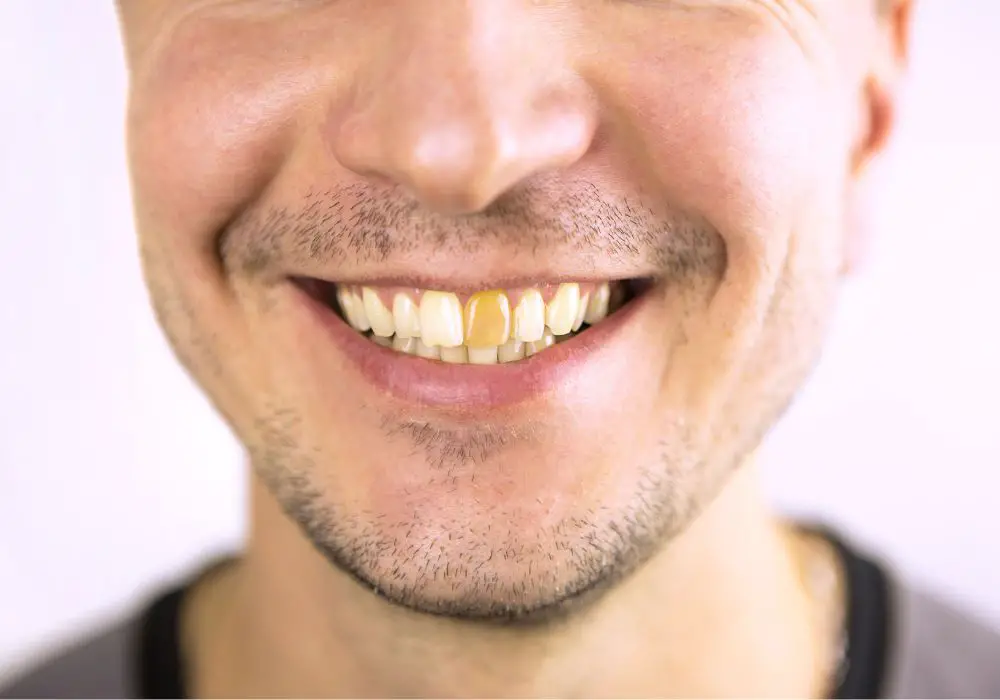
Less invasive options exist to repair vulnerable teeth and avoid aggressive crown procedures. Here are some solutions to rebuild and reinforce enamel without capping the entire tooth:
Dental Bonding
Composite resin material can be molded onto chipped or cracked edges and hardened with a curing light. The bonded resin blends seamlessly for a minimized appearance of damage.
Dental Veneers
These thin porcelain or composite covers adhere to the front of teeth to reshape uneven edges, close gaps, or rebuild worn incisal edges. Veneers allow for preservation of more inner tooth structure.
Inlays and Onlays
Inlays fill cavities or defects within the center of a tooth. Onlays repair more significant damage but don’t cover the entire crown. Both use metal, porcelain, or composite materials.
Root Canal Therapy
If inner pulp tissue becomes infected due to deep decay or cracks, a root canal can remove it fully. A filling and crown then protect the remaining tooth structure.
Dental Implants
If a tooth cannot be saved due to severe fracture or advanced decay, a dental implant fuses a titanium rod to the jawbone to replace the missing root. A crown is placed on top for optimal function and aesthetics.
When Do Compromised Teeth Still Require Crowns?
Despite conservative options, extensively damaged teeth often necessitate the fuller coverage protection of dental crowns in these situations:
- After root canal therapy – teeth become brittle and prone to fracture without the protective crown
- Lingering cracks from injury or grinding extend below gum line or vertically into root
- Large portions of enamel are missing due to fractures or decay
- Want to improve size, shape, or color in a way that veneers can’t achieve
- Tooth is a bridge abutment to replace adjacent missing teeth
- Replacing original failing crown that has decayed at margins or under crown
Though crowns sacrifice more healthy tooth, they remain the strongest and longest-lasting restoration for high-risk cases. Still exhaust conservative fixes first before crowning viable teeth.
Tips to Proactively Protect Vulnerable Teeth
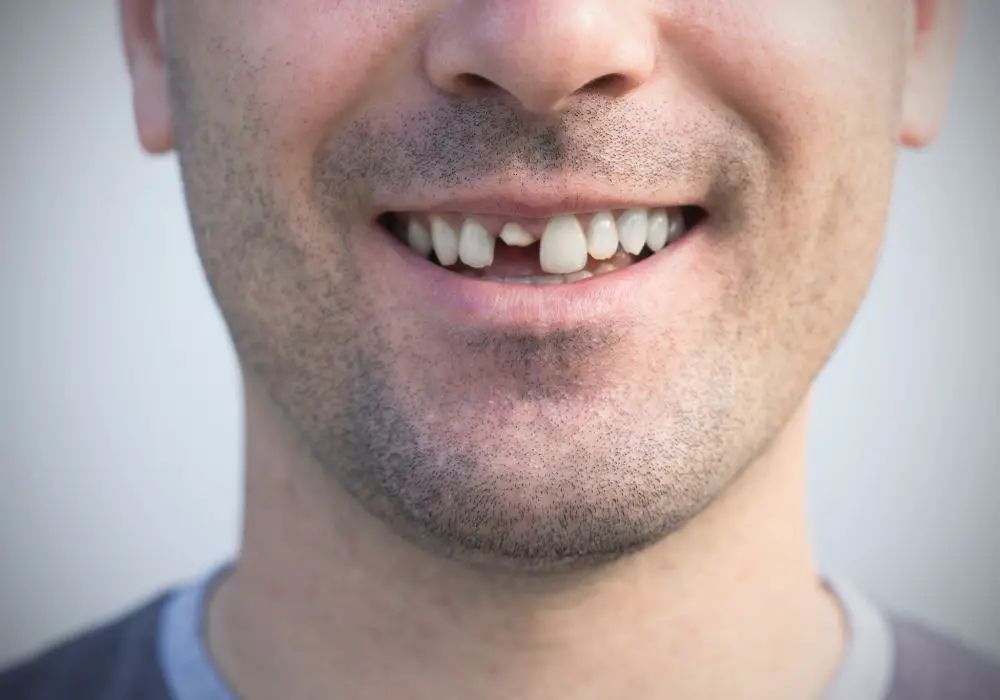
Alongside any necessary dental work, improving daily habits strengthens tooth enamel and prevents issues requiring invasive solutions.
Maintain Excellent Oral Hygiene
Regular brushing, flossing, and professional cleanings keep decay-causing plaque in check before it demineralizes enamel. Use antibacterial rinses for high bacteria risk.
Address Habits Causing Damage
See a dentist for physical therapy, mouthguards, or bite splints to minimize grinding and clenching wear. Stop tobacco use which stains teeth and increases decay bacteria.
Monitor Cracked Teeth Proactively
Visit a dentist regularly to detect cracks early before they require crowns. Shallow cracks can be sealed and bonded without progressing deeper if caught early.
Choose Bonded Composite Fillings
The bonded material reinforces surrounding weakened enamel better than traditional amalgam fillings. Amalgam also further destroys tooth structure.
Avoid Over-Whitening
While strips or trays brighten teeth, frequent overuse weakens protective enamel over time. Have dentist evaluate enamel first.
Prevent Trauma During Sports
Use properly fitted mouthguards during contact sports or activities with face injury risk. Protect teeth from fractures and loss.
Avoid Crunching Hard Foods/Objects
Chew carefully and avoid very hard foods like candies, nuts, popcorn kernels. Don’t bite pens, nails, or ice which could crack weak spots.
Use Strengthening Toothpastes
Some brands contain compounds to replace minerals leached from enamel like stannous fluoride, hydroxyapatite, tricalcium phosphate.
Seeing a Dentist for Vulnerable Teeth
Schedule an exam promptly if you notice tooth pain, sensitivity, or possible fracture lines in enamel. Identifying issues in early stages gives more opportunity to take conservative action before requiring aggressive crown procedures later. Be proactive rather than reactive regarding dental problems. Saving natural tooth structure should be the priority.
Frequently Asked Questions
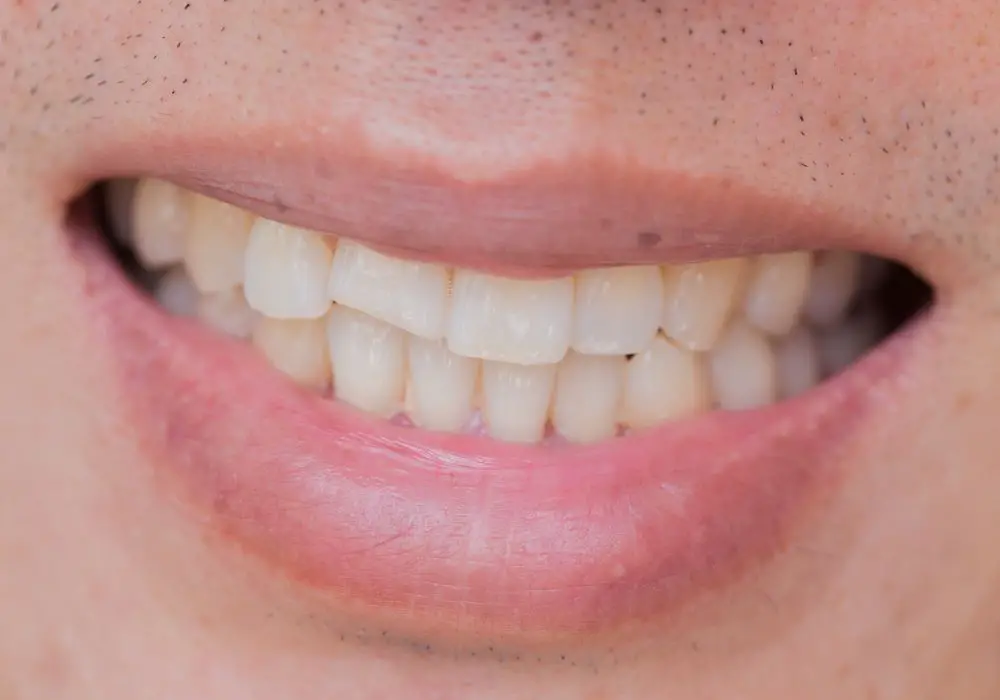
What are dental crowns?
Crowns are tooth-shaped caps cemented over damaged teeth to fully restore shape, function, and aesthetics. But crowns require filing down the natural tooth first, which is irreversible.
How long do dental crowns typically last?
With proper oral hygiene and regular dental visits, crowns generally last 5-15 years before needing replacement. Porcelain crowns withstand biting forces well but are brittle and may crack.
When are dental crowns absolutely necessary?
If decay or cracks are too extensive for fillings, inlays, or veneers to restore, a crown may be the only option to save the tooth. Root canal treated teeth also require crowns to prevent fracture.
What are some alternatives to traditional crown materials?
For a more natural appearance, some choose porcelain crowns etched to better match surrounding teeth. Or zirconia crowns withstand forces better while mimicking translucency of natural enamel.
In what cases might dental crowns do more harm?
If preparation removes too much healthy tooth structure, an ill-fitting crown leads to decay at margins or bone loss. Porcelain crowns may chip or wear down opposing teeth over time.
Conclusion
Repairing and protecting compromised teeth doesn’t always require invasive dental crowns that sacrifice healthy tooth structure. Conservative solutions like dental bonding, veneers, inlays, root canals with filings, and lifestyle changes go a long way to reinforce vulnerable spots. Work closely with your dentist to monitor issues early and intervene with minimally invasive options before reaching the need for crowns or implants. With diligent oral hygiene and habits, you can strengthen your natural teeth and avoid major restoration work for years to come.

